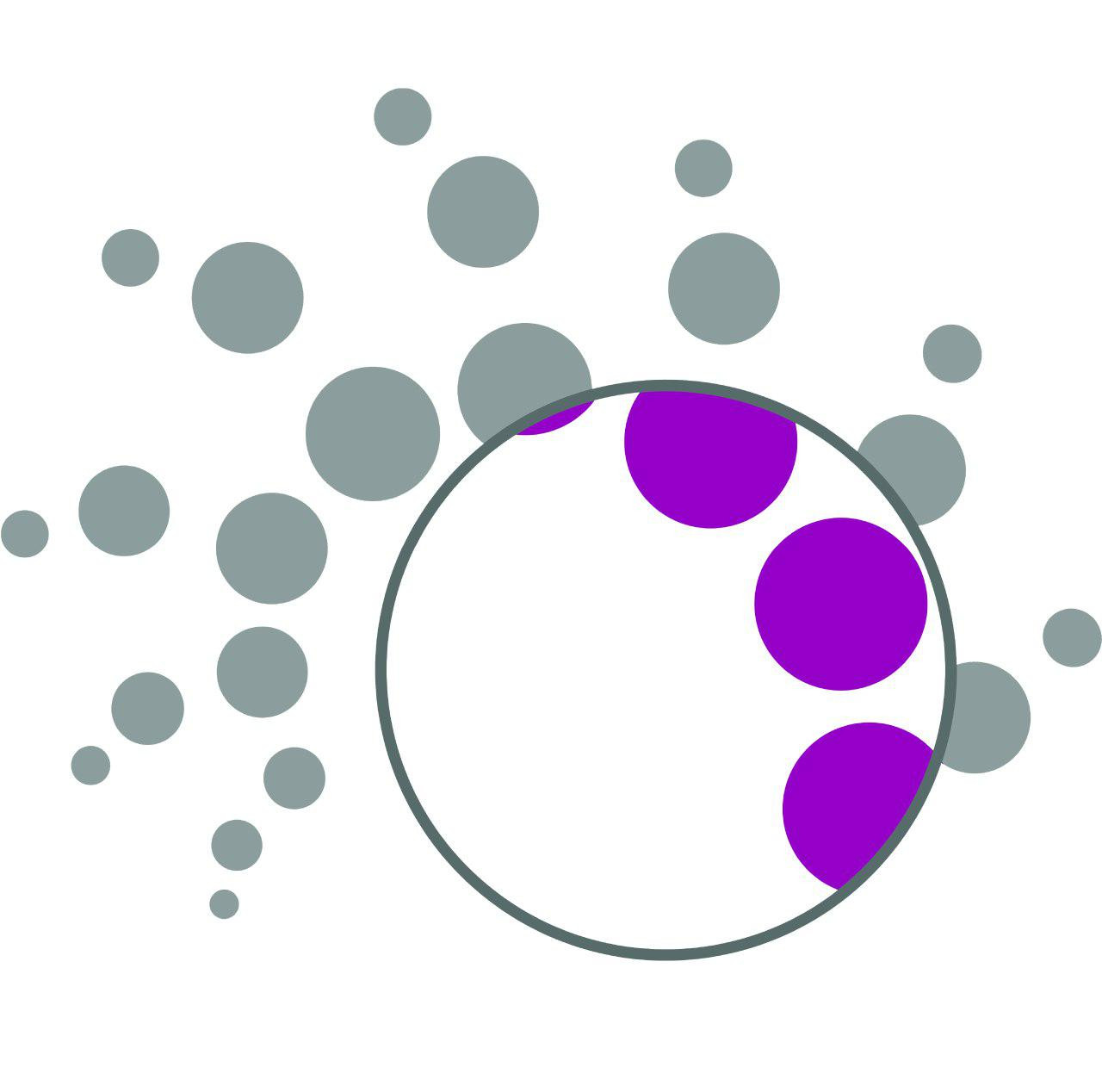Capillary electrophoresis is an analytical technique in which by applying an electric field, ions are separated based on their migration velocity in a capillary tube. The migration velocity depends on the charge of molecule, viscosity, and radius of atom. Typically, a capillary electrophoresis system consists of high-voltage power supply, injection system, capillary tube made of fused silica coated with polyimide, temperature controller, and detector. Each side of the high voltage power supply is connected to an electrode. These electrodes generate an electric field which helps the sample to move from anode towards the cathode through the capillary tube. Each side of the capillary tube is dipped in a vial containing electrolyte solution and an electrode. The separation process begins by replacing the sample vial with one of the buffer vials (usually anode) and applying an electric field. Detection is usually conducted through a small window at the end of the capillary tube near the cathode through passing UV-VIS light from the sample and measuring the absorption.
Capillary electrophoresis has a wide range of applications in different industries. Some of its main applications are separation of compounds such as:
- amino acids, chiral, vitamins, proteins, peptides, mineral ions, organic acids, carbohydrates, and specially measurement and characterization of nanomaterials.
Details of technical specifications are presented in the following Table.
Capillary electrophoresis is an analytical instrument which can be used for sizing and characterization of nanomaterials. Capillary electrophoresis is used to identify DNA sequencing, amino acids, chiral, vitamins, proteins, peptides, mineral ions, organic acids, carbohydrates, self-assembly, identification and separation of nanomaterials.



